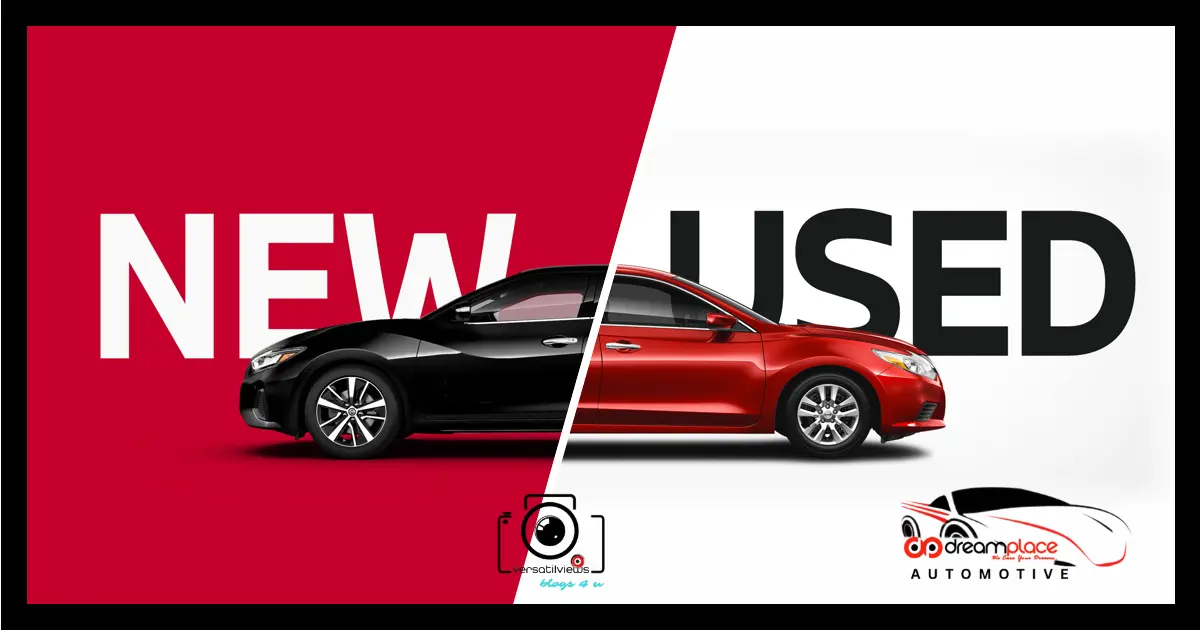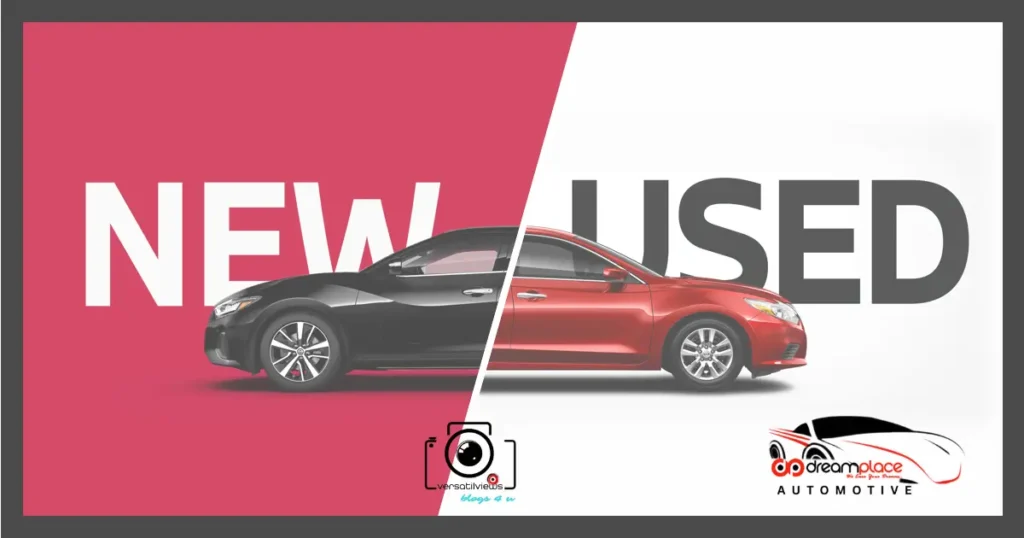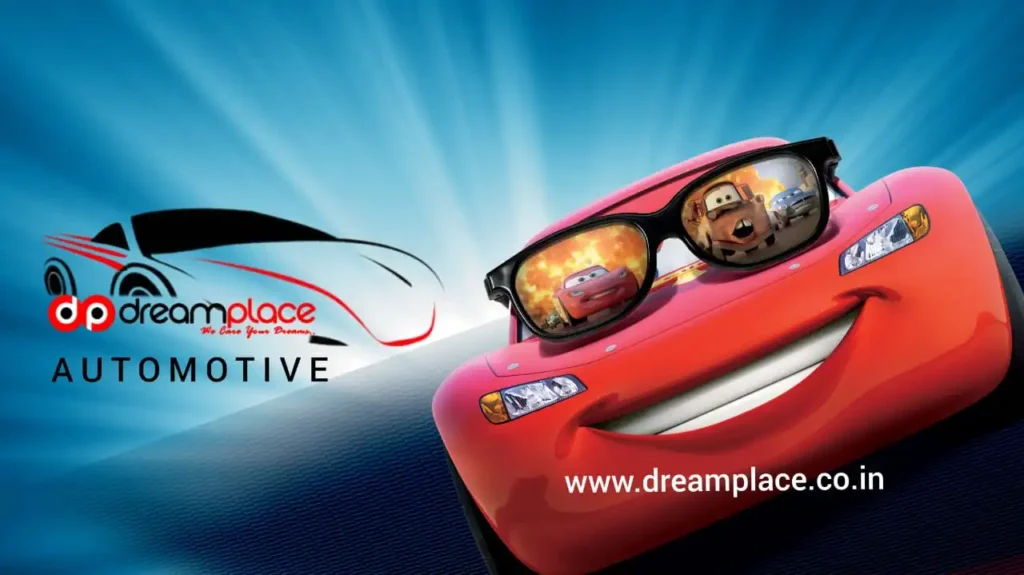I. Introduction
Brief overview of the automotive industry
The automotive industry, a dynamic global powerhouse, encompasses the design, production, and sale of vehicles. It drives innovation, from fuel efficiency to cutting-edge technology. Influenced by consumer demands, regulatory shifts, and environmental concerns, the industry continually evolves, shaping the way people commute and defining the future of transportation.
Significance of choosing between new and used vehicles
Choosing between new and used vehicles holds paramount importance, directly impacting finances and driving experiences. New cars offer the latest technology and warranties but depreciate rapidly. Used cars present cost savings but may have wear and uncertain histories. The decision balances financial considerations, desired features, and long-term value for discerning consumers.
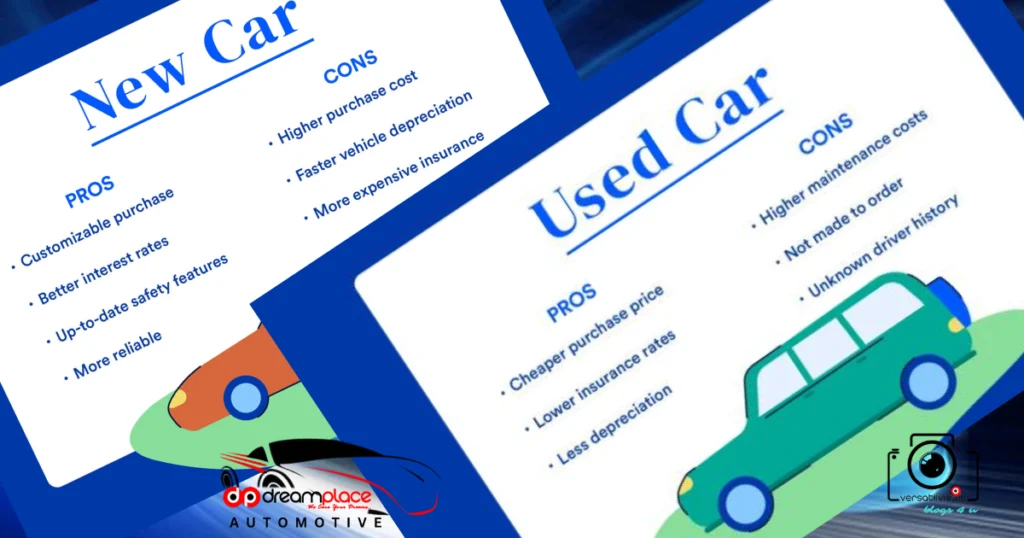
The impact of technological advancements on vehicle choices
Technological advancements profoundly influence vehicle choices, reshaping the automotive landscape. Innovations in electric vehicles, autonomous driving, and connectivity redefine the driving experience. Consumers now weigh considerations like smart features, sustainability, and safety, shaping a future where technology is pivotal in determining the appeal and functionality of vehicles.
2.Advantages of Buying a New Vehicle
Latest Technology: Exploration of cutting-edge features in new vehicles
New vehicles showcase the pinnacle of technological innovation, featuring cutting-edge advancements. From state-of-the-art infotainment systems to advanced driver-assistance features, these technologies redefine the driving experience. The allure of the latest tech, including connectivity, safety enhancements, and energy-efficient options, makes new vehicles a compelling choice for tech-savvy consumers.
Warranty and Maintenance: Benefits of warranties and maintenance packages
Warranty and maintenance packages offer a safety net for new vehicle owners. Warranties provide coverage for unexpected repairs, instilling confidence and financial security. Maintenance packages, often bundled with warranties, ensure regular upkeep, enhancing the vehicle’s longevity. These benefits alleviate concerns about unforeseen expenses, providing peace of mind and fostering a positive ownership experience for those investing in new vehicles
Customization: Options for personalized specifications
Customization stands as a hallmark of new vehicle ownership, offering a canvas for personalization. Buyers can tailor specifications to match their preferences, from exterior colors to interior features. This flexibility enables a unique expression of style and functionality, creating a sense of ownership that goes beyond mere transportation, fostering a connection between the driver and the vehicle.
3.Advantages of Buying a New Vehicle
Latest Technology: Exploration of cutting-edge features in new vehicles
New vehicles showcase the pinnacle of technological innovation, featuring cutting-edge advancements. From state-of-the-art infotainment systems to advanced driver-assistance features, these technologies redefine the driving experience. The allure of the latest tech, including connectivity, safety enhancements, and energy-efficient options, makes new vehicles a compelling choice for tech-savvy consumers.
Warranty and Maintenance: Benefits of warranties and maintenance packages
Warranty and maintenance packages offer a safety net for new vehicle owners. Warranties provide coverage for unexpected repairs, instilling confidence and financial security. Maintenance packages, often bundled with warranties, ensure regular upkeep, enhancing the vehicle’s longevity. These benefits alleviate concerns about unforeseen expenses, providing peace of mind and fostering a positive ownership experience for those investing in new vehicles
Customization: Options for personalized specifications
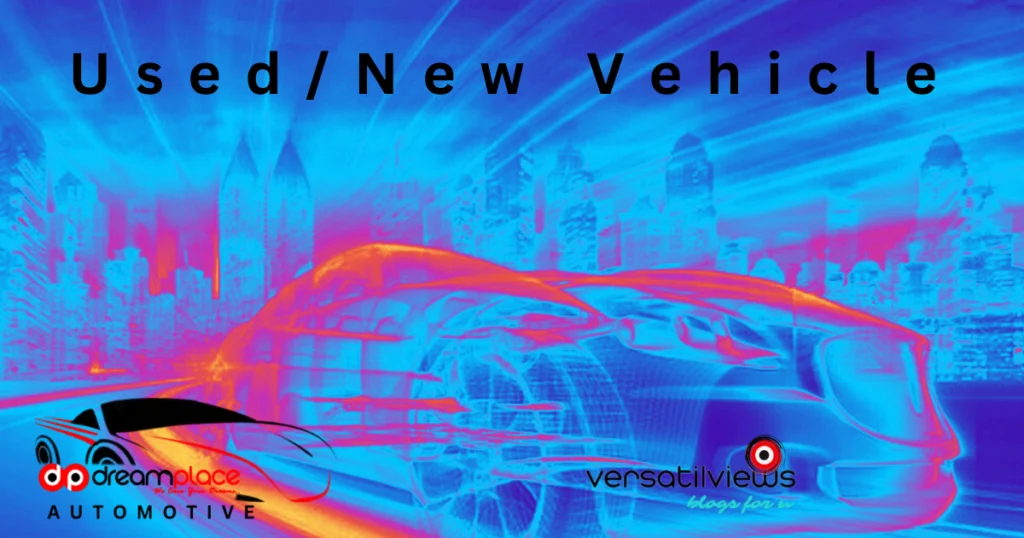
Customization stands as a hallmark of new vehicle ownership, offering a canvas for personalization. Buyers can tailor specifications to match their preferences, from exterior colours to interior features. This flexibility enables a unique expression of style and functionality, creating a sense of ownership that goes beyond mere transportation, fostering a connection between the driver and the vehicle.
4.Drawbacks of Buying a New Vehicle
Depreciation: Understanding the rapid initial loss of value
Depreciation is a critical factor in new vehicle ownership, marking the rapid decline in value after purchase. The initial years witness the steepest decline, impacting resale value. Acknowledging this phenomenon is vital for informed decision-making, as it influences the long-term financial implications and overall cost of owning a new vehicle.
Higher Cost: Exploring the financial impact of purchasing new
The allure of new vehicles comes with a financial trade-off – a higher upfront cost. While new cars boast cutting-edge features, this premium pricing significantly impacts budgets. Buyers must carefully weigh the benefits against the financial strain, considering the long-term value and the immediate impact on their financial resources.
Limited Variety: Discussing the constraints of the latest models
New vehicles, while embodying innovation, may present a limitation in variety. The latest models often adhere to standardized designs and features, limiting choices for buyers seeking unique specifications. This constraint prompts consumers to balance the desire for novelty with the need for individuality in their automotive preferences.
5.Advantages of Buying a Used Vehicle
Cost Savings: Illustration of significant price differences
Opting for used vehicles presents a compelling advantage in cost savings. The significant price difference compared to new counterparts allows buyers to acquire well-maintained cars at a fraction of the cost. This financial flexibility enables consumers to allocate resources judiciously, achieving value while fulfilling transportation needs
Depreciation Slowdown: Analysis of the slower depreciation rate
Used vehicles experience a slower depreciation rate compared to new ones. This slowdown in value decline provides owners with more stable resale values over time. Recognizing this phenomenon is crucial for prospective buyers, offering a potential long-term financial advantage and enhanced overall value in the used vehicle market.
Vehicle History Reports: The importance of comprehensive vehicle histories
Comprehensive vehicle history reports play a pivotal role in used vehicle purchases. These documents offer a detailed account of a car’s past, highlighting accidents, maintenance, and ownership changes. Buyers rely on these reports for transparency and assurance, ensuring informed decisions and safeguarding against potential issues, ultimately fostering trust in the used car market.
6.Drawbacks of Buying a Used Vehicle
Limited Technology: Comparison of tech features in older models

Older models may exhibit limited technology compared to their modern counterparts. Technological advancements in newer vehicles, such as advanced safety systems, infotainment, and connectivity options, may be absent in older cars. Buyers must weigh the desire for cutting-edge features against budget constraints when opting for older models, striking a balance between affordability and technological amenities.
Higher Maintenance Costs: Discussion on potential repair expenses
Opting for used vehicles may entail higher maintenance costs due to wear and aging components. As vehicles accumulate mileage, the likelihood of repairs increases, impacting overall ownership expenses. Buyers must factor in potential repair expenses when considering used cars, ensuring a realistic assessment of the long-term financial commitment associated with maintenance
Uncertain History: Addressing potential concerns with a vehicle’s past
Navigating the used vehicle market involves confronting uncertainties regarding a car’s history. Potential concerns, such as accidents or lack of proper maintenance, pose risks for buyers. Comprehensive vehicle history checks become imperative, offering transparency. Addressing these uncertainties is vital for buyers to make informed decisions, fostering trust and confidence in their used car purchase.
7.Factors Influencing the Decision
Budget: The pivotal role of financial considerations
Budget plays a pivotal role in the decision between new and used vehicles. It serves as a guiding factor, influencing affordability and determining the range of options available. Buyers must carefully align their financial considerations with desired features, ensuring a purchase that not only fits their preferences but also maintains financial stability.
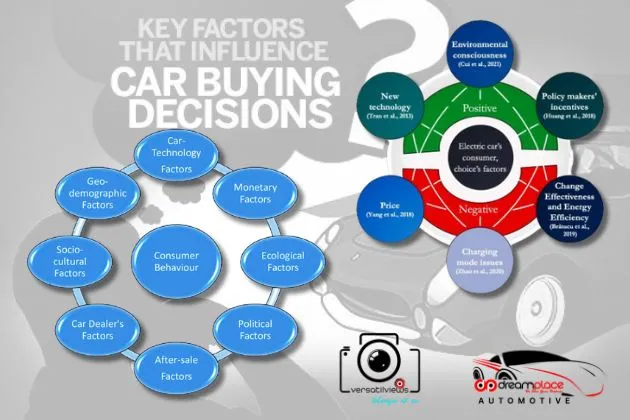
Intended Use: Tailoring the choice to specific needs
Tailoring the choice of a vehicle to specific needs hinges on understanding its intended use. Whether for daily commuting, off-road adventures, or family outings, aligning features with specific requirements ensures optimal functionality. This personalized approach ensures that the chosen vehicle caters precisely to the demands and lifestyle of the buyer.
Long-Term vs. Short-Term Goals: Aligning the purchase with future plans
Choosing between new and used vehicles involves aligning the purchase with long-term and short-term goals. Considerations extend beyond immediate needs, encompassing future plans and lifestyle changes. This strategic approach ensures that the selected vehicle not only meets current requirements but also aligns seamlessly with the buyer’s evolving needs and aspirations, fostering a lasting investment.
8.Environmental Considerations
Carbon Footprint: Analyzing the environmental impact of manufacturing new vehicles
Analyzing the carbon footprint of manufacturing new vehicles is crucial for understanding their environmental impact. This process involves evaluating emissions from raw material extraction, production, transportation, and assembly. By identifying areas of high carbon intensity, manufacturers can implement eco-friendly practices, advancing sustainability in the automotive industry.
Emission Standards: Comparing emissions between old and new vehicles
Emission standards play a pivotal role in contrasting the environmental impact of old and new vehicles. Stringent regulations for newer models aim to reduce harmful pollutants, enhancing air quality. Comparatively, older vehicles often lack advanced emission control technologies, contributing disproportionately to air pollution. Adhering to and updating emission standards are critical for mitigating environmental harm.
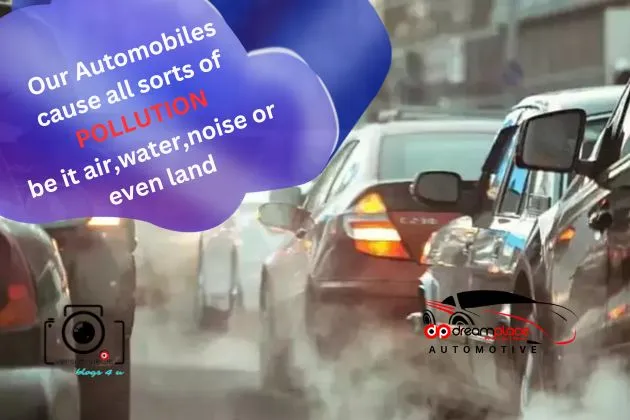
Recycling and Disposal: Discussing the ecological impact of retiring vehicles
Recycling and disposal practices significantly influence the ecological impact of retiring vehicles. Proper disposal ensures the responsible handling of hazardous materials, preventing soil and water contamination. Additionally, recycling salvages valuable components, minimizing resource depletion. Implementing sustainable end-of-life strategies is essential for reducing the environmental footprint associated with retiring vehicles.
9.Case Studies
Success Stories: Real-world examples of individuals satisfied with their choices
Success stories abound in individuals satisfied with their choices of used or new vehicles. From substantial cost savings to reduced environmental impact, these tales highlight the advantages of informed decisions. Real-world experiences underscore the value of thorough research and careful consideration, promoting contentment and confidence in automotive choices.
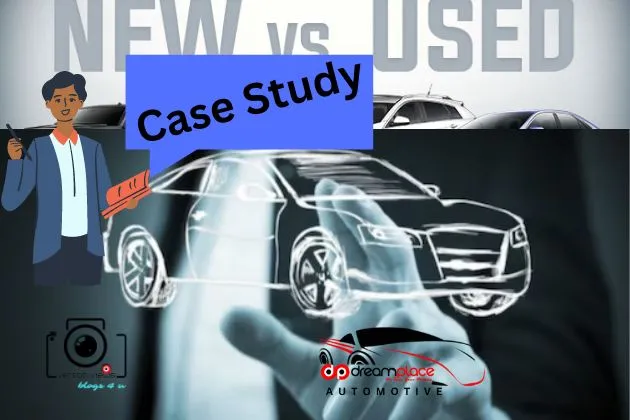
Cautionary Tales: Instances where choices led to unforeseen issues
Cautionary tales reveal unforeseen issues stemming from choices with new or used vehicles. From unexpected maintenance costs to hidden defects, these stories emphasize the importance of due diligence and caution, urging others to learn from potential pitfalls in their automotive decisions
10.Future Trends in the Automotive Industry
The automotive industry is witnessing transformative trends that promise to redefine the driving experience. Electric Vehicles (EVs) are gaining prominence, with advancements in battery technology and growing environmental awareness. Autonomous driving technology is reshaping dynamics, offering a glimpse into a future with safer and more efficient transportation.
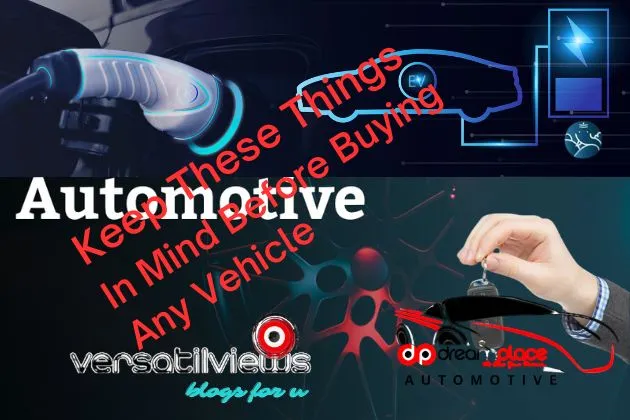
Subscription models are emerging as alternatives to traditional ownership, providing flexibility and cost-effectiveness. These trends collectively represent a paradigm shift towards sustainable and tech-driven transportation, marking an exciting era for the automotive landscape, where innovation and environmental consciousness converge to shape the future of mobility.
Conclusion
In conclusion, exploring the future trends in the automotive industry unveils a landscape marked by electric vehicles, autonomous driving, and innovative subscription models. Summarizing the key points, these trends signify a shift towards sustainability, safety, and flexibility in transportation. As consumers navigate these transformative choices, it’s crucial to consider personal circumstances. Whether opting for the eco-friendly allure of electric vehicles, embracing the convenience of autonomous driving, or exploring subscription models for flexibility, informed decision-making is paramount. The future of automotive possibilities lies in understanding individual needs and aligning choices with a dynamic and evolving industry Top of Form
